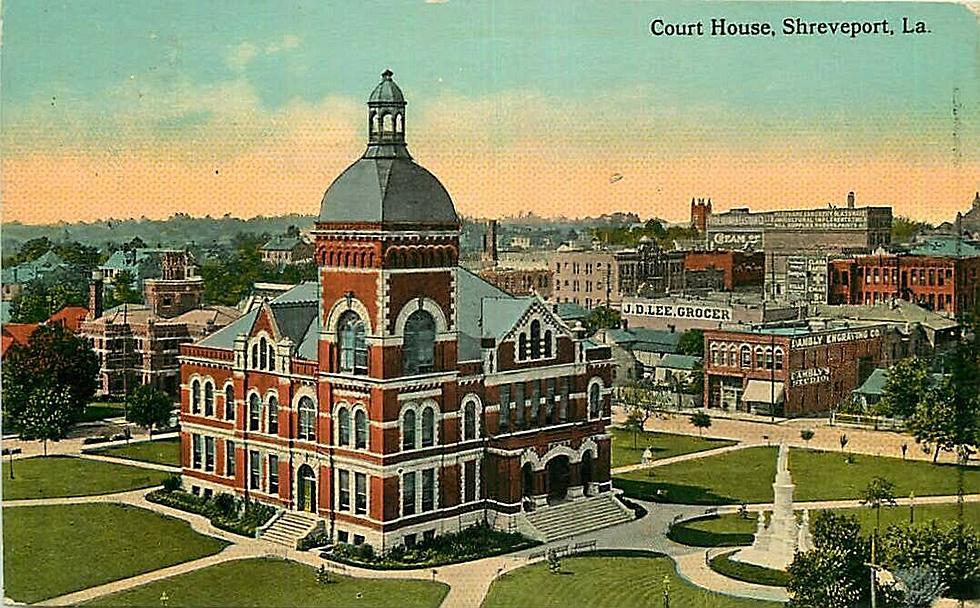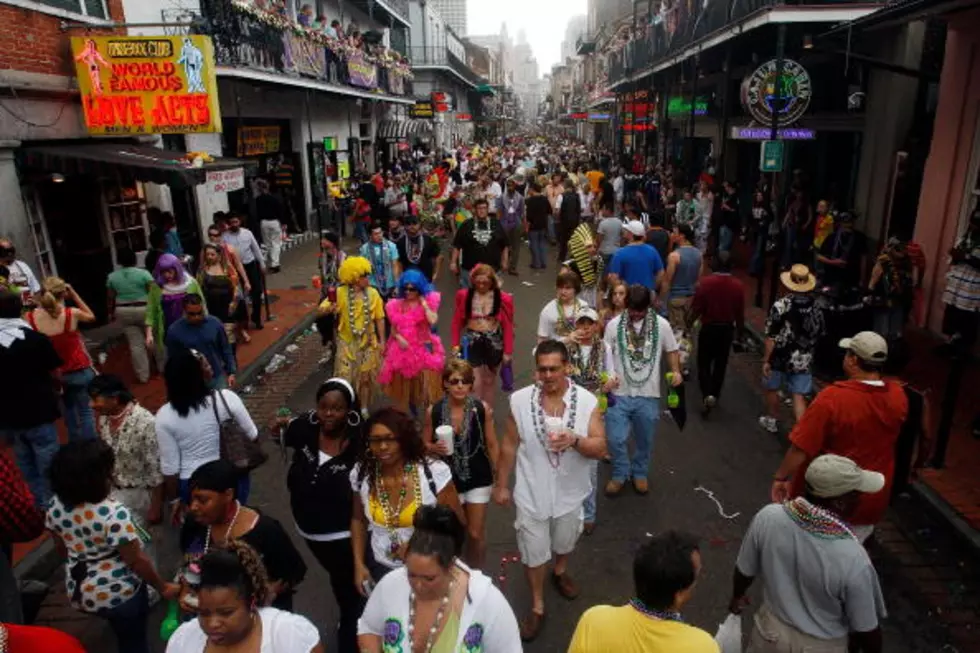
Concrete On Bourbon Street: Still Stinks and the Charm is Gone
The 18.5 million dollar reform of Bourbon Street (from underground to the surface) is complete. Bourbon Street is now concrete from Canal Street to Dumaine Street. But was it like putting stained concrete floors in a 100-year-old southern mansion?
Did concrete take away the charm of Bourbon Street? First, let's address the words "charm" and "Bourbon Street" in the same sentence. Maybe "charm" is not the correct word. "Warmth" may be a better fit.
The asphalt on Bourbon Street made it seem like you were walking down a real street...because you were.
The first form of asphalt arrived on Bourbon Street in 1839. In 1839, New Orleans city government decided to try something new on Bourbon Street, a new type of brick paving involving bitumen. Bitumen was tar-like petroleum. They mixed it with mineral aggregates to form asphalt.
Up until 2017, Bourbon Street was modern-day asphalt that allowed vehicles to travel through the French Quarter. At night, portions of Bourbon Street would be closed to traffic to accommodate pedestrians.
Today, most of the touristy part of Bourbon Street is new concrete. Much of the 100-year-old infrastructure beneath the street has also been repaired or replaced as well. New improvements also include new lighting and movable bollards that block the street from vehicles.
The improvements would look great on most any other normal street in the U.S. But somehow, the much-needed improvements to Bourbon Street took away the old, the warmth and the experience is now totally different.
It's kinda sad that in decades to come, the normal to most people will be a concreted Bourbon Street.
Ten Things About Café Du Monde That May Surprise You
More From 96.5 KVKI



![COVID Restrictions Eased in NOLA, Bourbon St Packed [VIDEO]](http://townsquare.media/site/33/files/2021/02/GettyImages-96760210.jpg?w=980&q=75)



